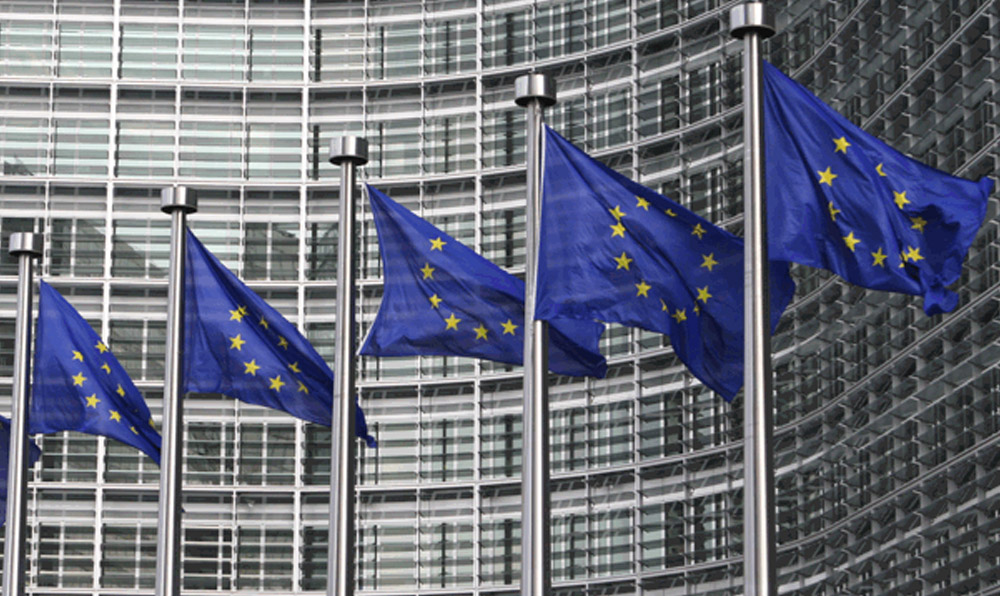Denied party screening is about more than just screening. In order to reap the true benefits—and be truly compliant—there is a whole ecosystem of additional factors to take into account.
Consider, for example, an order comes in. You know you must screen the buyer, but against which government watch lists? Do you even have access to the relevant lists? Do you screen multiple times in the sales cycle as you should? Are there others that need to be screened: suppliers, visitors to your facilities, new hires and others?
And what resources should be deployed? For example, how many compliance people are needed in the supply chain process? What screening methods are used—bulk, online, something integrated with your ERP, CRM, SCM infrastructure? What happens in the event of a potential match? Lastly, what measures are in place to keep a record of your screening activities?
The above are but a few of the many moving parts involved in the restricted party screening process, so it stands to reason it may seem daunting. But that need not be the case.
Widening the compliance net
Even when an entity you are doing business with isn’t intentionally going to great lengths to obfuscate their identities (i.e., they are, in fact, on a denied party watch list)—something organizations should always be mindful of—it is possible that an inadvertent lapse in the screening process may occur. This is especially the case if there is no reliance on technology and automation. As well, if there is no defined screening or escalation process in place, or one that has not been effectively communicated across the organization.
In such instances, it’s possible that a potential red flag was overlooked, or for a name that should have been screened fell through the cracks. The possibility for human error can be greatly diminished by adopting a collaborative compliance workflow, in particular where this teamwork occurs online among people working from disparate locations. This would allow for others to identify a potential violation that one person alone may miss, and automatically escalate said matches accordingly.
Automation—the antidote to many compliance woes
Over and above implementing a collaborative and easily accessible compliance workflow, having a robust integrated solution can be especially useful to help allay any additional concerns that screening is not taking place as often as it should—or, in some cases, not at all. Not only does it help ensure every name or transaction is screened against the relevant watch lists, it can take place without any need for manual intervention. Automated solutions can even be set up to screen at multiple points in the sales cycle.
When looking to automate the screening process, organizations should be on the lookout for applications that also include the aforementioned built-in compliance workflow. This allows for increased collaboration that, when properly implemented, can play an important role in reducing the likelihood of errors or compliance lapses. Even better is a solution that has match escalation, resolution and audit trail functionality.
Screening in a COVID-19 world
As the business world shifts gears to a distributed workforce environment, a lack of proper preparation and organization could turn the compliance nightmare into reality. The ultimate goal of keeping denied parties out of the supply chain has not changed. But the work to achieve that goal has become all the more complex, which in turn triggers a search to find ways of taking the complexity out of the equation.
It is only by taking advantage of collaborative solutions that provide workflow and automation will organizations be able simplify and streamline their operations in order to compete and survive in a COVID-19 world.
Interested in learning more about how to overcome to COVID-19 compliance challenges? You can download our whitepaper, Export Compliance Strategies for a COVID-19 World, here.


